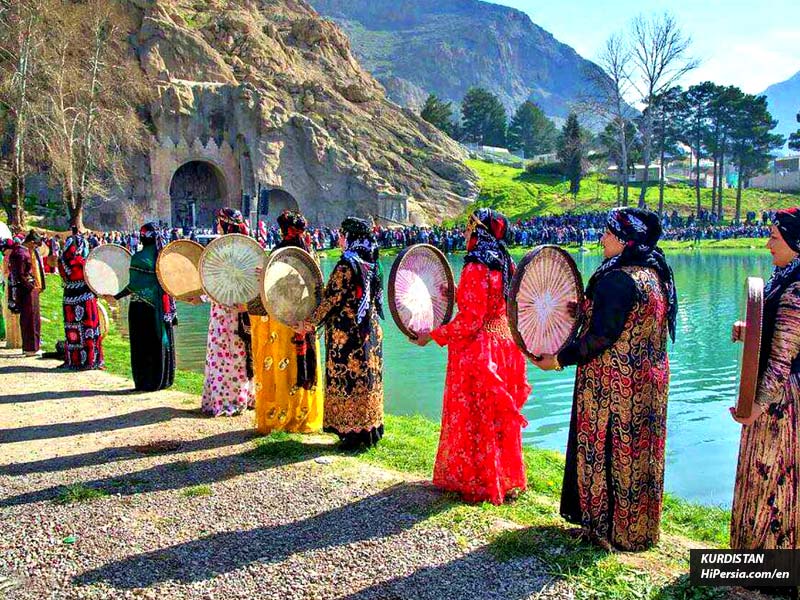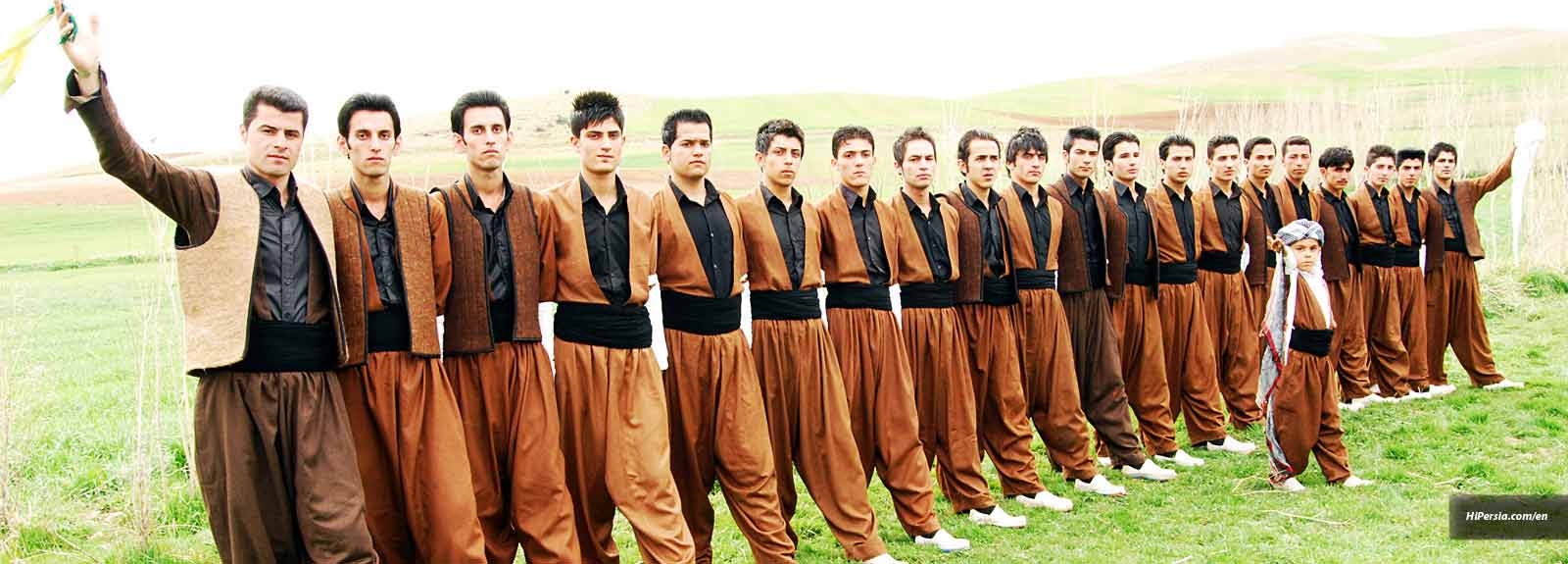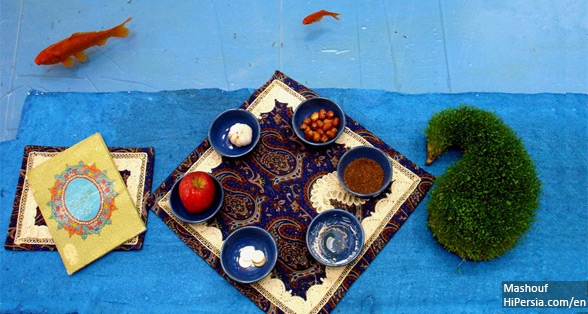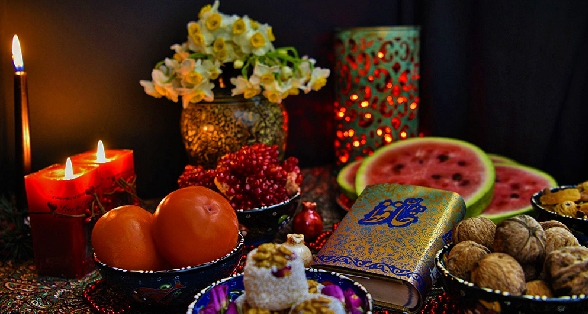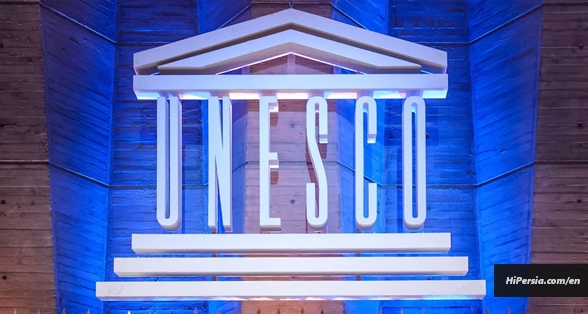Kurdish dance is a holding hand dance that is a part of Kurd's dramatic rituals.
Kurdish dance that is known as Helperkê or Govend is a form of holding hands dance and dramatic rituals of Kurds. Helper means movement and shaking which is a sample of war movements. Helperkê is a group dance that performs in an incomplete circle of dancers who tied their hands and move from left to right. This group of dancers consists of males and females. The first person on the right and left leads the others and coordinates the rhythmic movements with a handkerchief in hand. Moreover, double handkerchief dance is a type of Kurdish dance that is common in Kermanshah and Ilam Province. The person who stays at the left holds two handkerchiefs to show the skill of dancing. If you look at them from afar, they seem like a chain.

-
Different types
Kurdish folk dance divide into three categories as follows:
- Happiness and wedding ceremonies
- Mourning
- War and hunting
-
The Meaning of movements in Kurdish dance
- The presence of females shows the union of males & females and the social role of women in the group.
- Hit the foot on the ground to threaten the enemy and point to the land that is their home country.
- Holding a handkerchief in the hand of the first person on the left and right show the equality of people.
- Make exciting sounds together (hooray) to scare the enemy.
- Tying their hand show the whole union of Kurds.
-
Kurdish music
- Now let’s talk about musical instruments that use in Kurdish dance. Kurdish music is a branch of Eastern music and one of the oldest music in the world that is considered as the mother of music in the world with a unique style that is common among Kurdish people. The most popular instruments in Kurdish music are as follows:
- Also, the prominent musicians of Kurdish music are as follows:
- Sohrab Pournazeri, Kayhan Kalhor, Mazhar Khaleqi, Nasser Razazi, Hassan Zirak, Şivan Perwer, Ghader Abdollahzadeh, Ardeshir Kamkar, The Kamkars, Sayed Ali Asghar Kurdistani, Seyed Khalil Alinezhad, Shahriyar Jamshidi, Şehrîbana Kurdî, Mohammad Mamle, Ali Akbar Moradi, Mojtaba Mirzadeh, Shahram Nazeri, and Abbas Kamandi.
